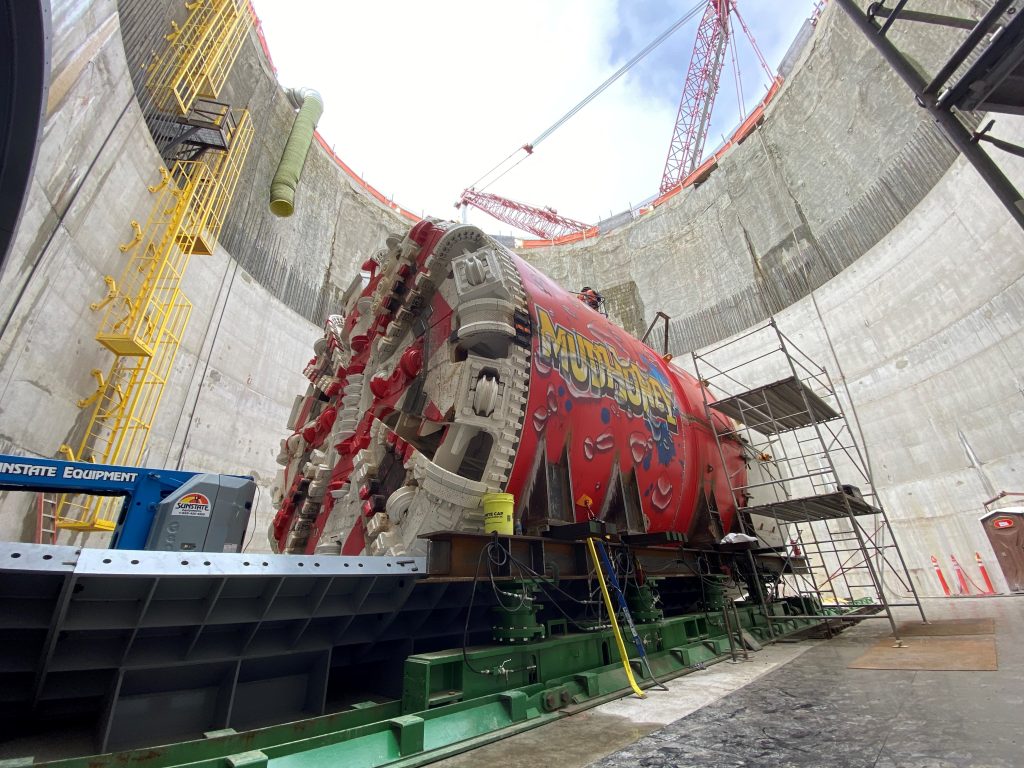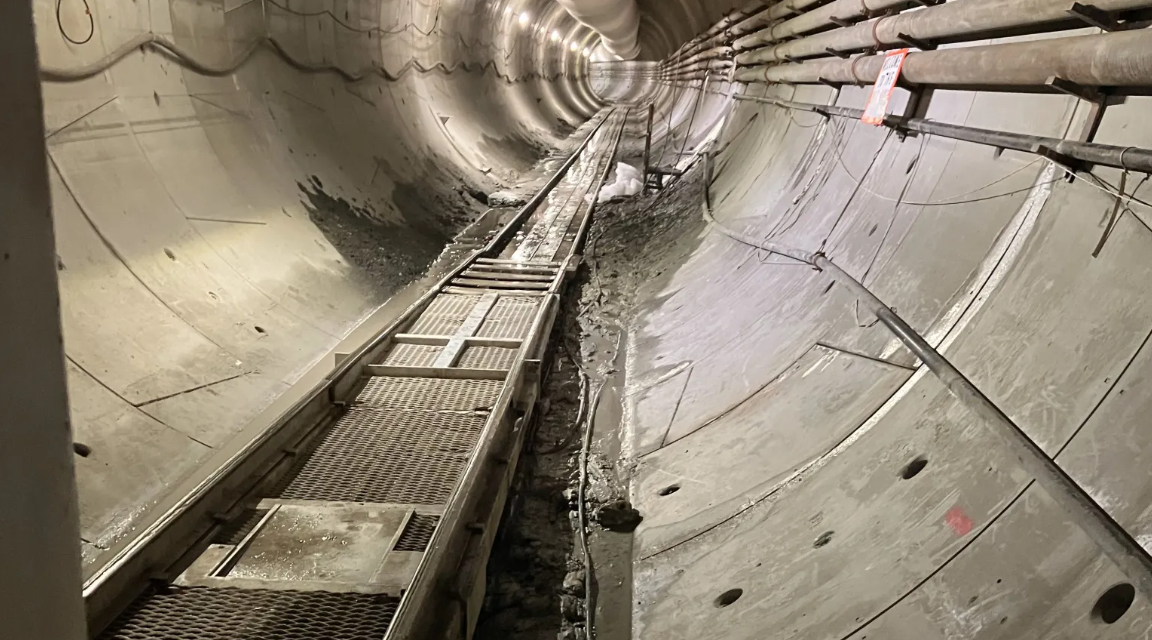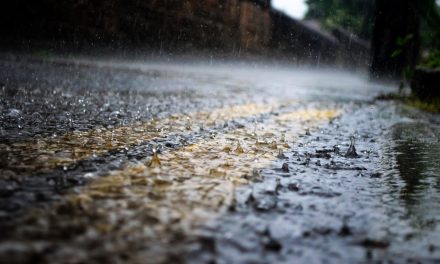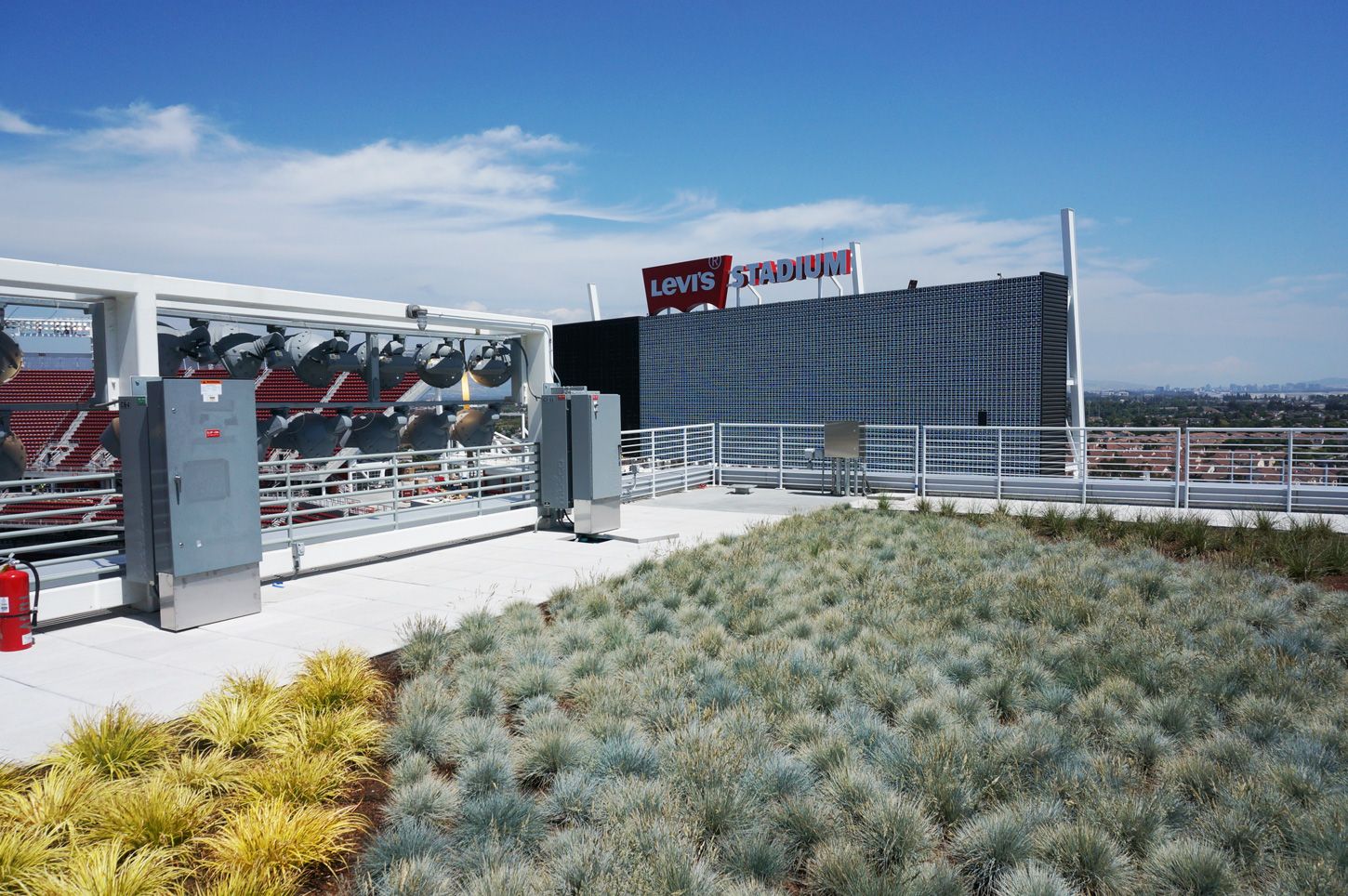A 408,000-kg (900,000-lb) tunnel-boring machine emerged into a drop shaft in northern Seattle earlier this summer. This breakthrough concluded nearly 2 years of underground drilling. The completion of this 4.3-km (2.7-mi) tunnel marks a milestone in the region’s long-fought campaign to minimize combined sewer overflows (CSOs) in the notoriously rainy city. It will connect drainage systems along some of Seattle’s busiest neighborhoods with Washington’s largest water resource recovery facility.
The tunnel is part of Seattle’s Ship Canal Water Quality Project, a collaboration between Seattle Public Utilities and the King County Wastewater Treatment Division that targets the chain of waterways running through the city into Puget Sound. The project responds to a 2013 consent decree between the municipality, state, and the U.S. Environmental Protection Agency that endeavors to eliminate CSOs in Seattle by 2025. Alongside other capital investments planned or underway, city officials predict that the Ship Canal Water Quality Project will help put Seattle on track to achieve more than a 95% reduction in CSOs after its completion. The project carries a price tag of approximately USD $615 to 650 million.
Addressing Chronic Overflows

The new tunnel spans 6 m (19 ft) in width and sits 26 m (85 ft) beneath the roadway adjacent to Lake Union, the Lake Washington Ship Canal, and Salmon Bay, all of which flow toward Puget Sound. As is typical for cities served by combined sewer networks, when heavy storms push these systems beyond their capacity, a mixture of stormwater and untreated wastewater overwhelms storm drains. In Seattle, this discharge flows into the Ship Canal and surrounding waterways.
These CSOs are a chronic problem for Seattle — in 2022, more than 250 CSO events occurred at city-owned outfalls. The most serious one discharged more than 72 million L (19 million gal) of stormwater and wastewater into Salmon Bay after a 6-day storm in January.
Designed to store up to 113.5 million L (30 million gal) of stormwater and wastewater and convey it to the West Point Treatment Plant for purification, the tunnel promises to protect Seattle’s waterways from CSOs prompted by even the most extreme storms.
MudHoney’s Underground Journey
The tunnel-boring machine — nicknamed ‘MudHoney’ by public vote in 2021 to honor the beloved Seattle grunge band — dug 24 hours per day for 6 days each week to complete the massive, subterranean passage. Equipped with a specialized cutter head, MudHoney burrowed through rocks and soil after entering a drop shaft near Salmon Bay. It slowly moved east along the Lake Washington Ship Canal toward Lake Union and emerged into a second drop shaft just north of Lake Union on June 15, 2023. A series of additional drop shafts, pumps, and other conveyances were constructed along the tunnel’s course. These other entrances will provide entry points for stormwater to enter the tunnel during storms.
During the drilling process, a rotating screw brought cut-up debris from the front of the drill to its backside. Workers operated train cars that moved along a purpose-built rail line to collect and transport the debris to the nearest drop shaft. There, a crane brought the debris to the surface, and trucks hauled it to a gravel pit. As the drilling progressed, cranes also lowered concrete wall panels into the drop shafts. Workers installed these panels in a ring formation along MudHoney’s path to create tunnel segments.
Labor and equipment shortages, as well as unexpected logistical challenges, caused several snags that delayed MudHoney’s work. Perhaps its most notable hurdle was an encounter with a 3-m (10-ft) -tall, 1.2-m (4-ft) -thick “megaboulder” in April 2022. In the battle of MudHoney versus the boulder, the boulder initially won.

Penetrating the megaboulder forced the project team to source new, stronger cutter blades and undertake emergency repairs. Keith Ward, Project Executive for the Ship Canal Water Quality Project, credits the situation’s quick resolution to strong and active relationships between Seattle Public Utilities, King County Wastewater Treatment Division, their contractors, and MudHoney’s manufacturers in Germany.
“For almost two-and-a-half years before the boulder was encountered, we invested and focused on partnering between all parties,” Ward said. “This investment allowed us to work collaboratively during a critical issue to successfully remove the boulder with the tunnel-boring machine.”
More Components to Come
Despite the tunnel’s completion, significant work remains before the project becomes fully operational.
Next year, construction will commence on a new, 45 ML/d (12-mgd) pump station that will send stormwater and wastewater collected in the tunnel to the West Point Treatment Plant operated by the King County Wastewater Treatment Division. The pump station will be installed within the 32-m-deep (105-ft-deep) drop shaft down which MudHoney entered to begin its tunneling work. Ward describes that the new pump station will measure 24 m (80 ft) in height and feature a “steel architectural lattice façade” in addition to a built-in odor-control system and public artwork.
“In addition to the pump station, a 2,000-linear-ft-long, 5-ft-diameter conveyance pipe will be installed by tunneling methods to redirect nearby overflows into the same drop shaft which will house the pump station,” Ward said. “We expect the remaining construction and commissioning activities will take about three years.”
Meanwhile, MudHoney is being dismantled. The contractor will sell the majority of MudHoney back to the manufacturer so it can be refurbished and reused on another project, Ward said.
Top image courtesy of King County Wastewater Treatment Division

ABOUT THE AUTHOR
Justin Jacques is editor of Stormwater Report and a staff member of the Water Environment Federation (WEF). In addition to writing for WEF’s online publications, he also contributes to Water Environment & Technology magazine. Contact him at jjacques@wef.org.







